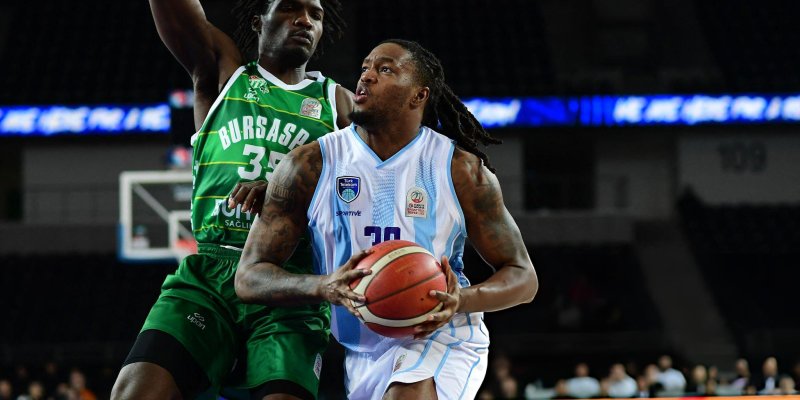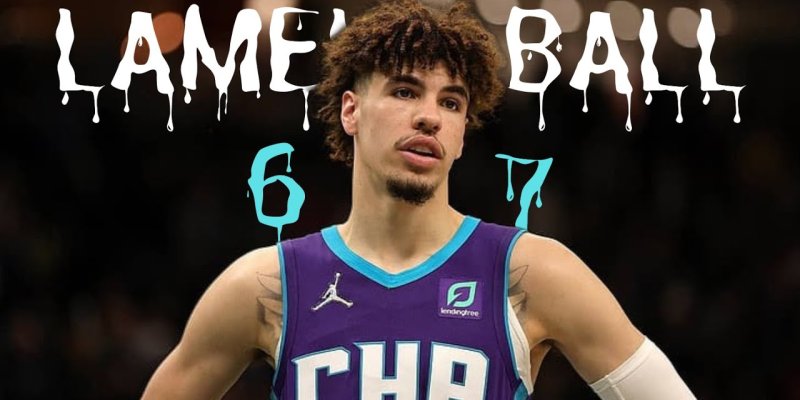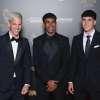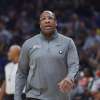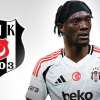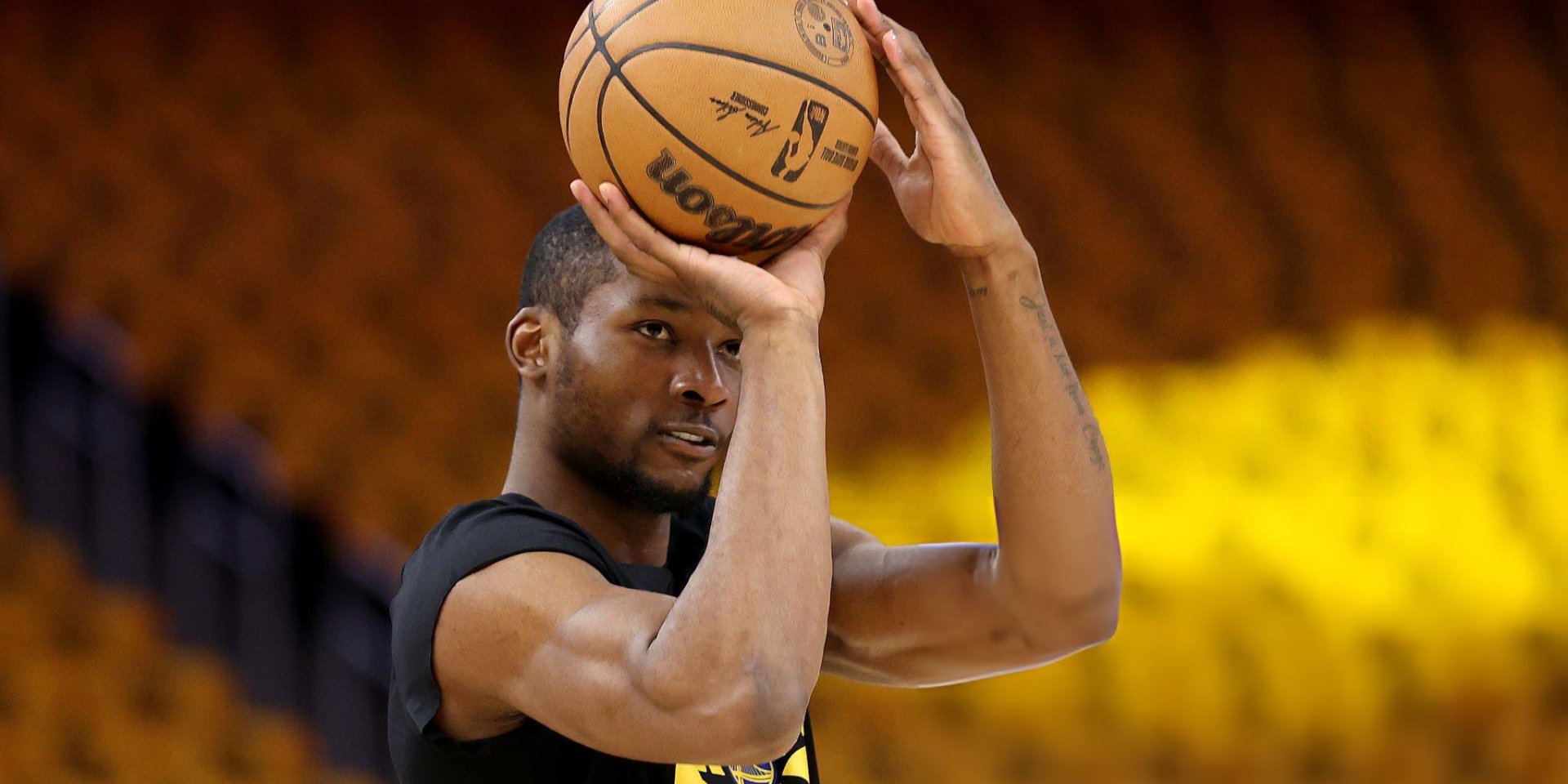
A perfect storm of ambition, roster construction, and salary-cap math swirls around Jonathan Kuminga. Agent Aaron Turner insists his client is "one step" from being a perennial All-Star. The forward himself believes that once he locks down a starting spot, the ceiling gets smashed. But the current "Warriors" are built to win "here and now," not to groom a 22-year-old into a No. 1 option. The result: the club is stuck in negotiations, the player is in limbo, and the debate over his true value keeps intensifying.
Spacing Doesn't Add Up: Kerr's Build Shuts the Door to the Starting Five
With Jimmy Butler's arrival, the starting five became even tighter and more functional. When Draymond Green and Butler are consistently on the floor, space on the perimeter and in the paint shrinks. Adding a third non-shooter who prefers to attack from isolation and rarely moves off the ball is a risk Steve Kerr isn't willing to take. The plus-minus backs it up: the Butler—Kuminga duo went deeply negative over ~120 minutes, and the Butler—Kuminga—Green trio also dipped noticeably in under forty minutes. The logic is simple: when the defense can leave two or three players beyond the arc, it zeroes in on Stephen Curry and shuts down the paint, neutralizing Kuminga as well.
The Strengths Are There — Just Not Next to Curry
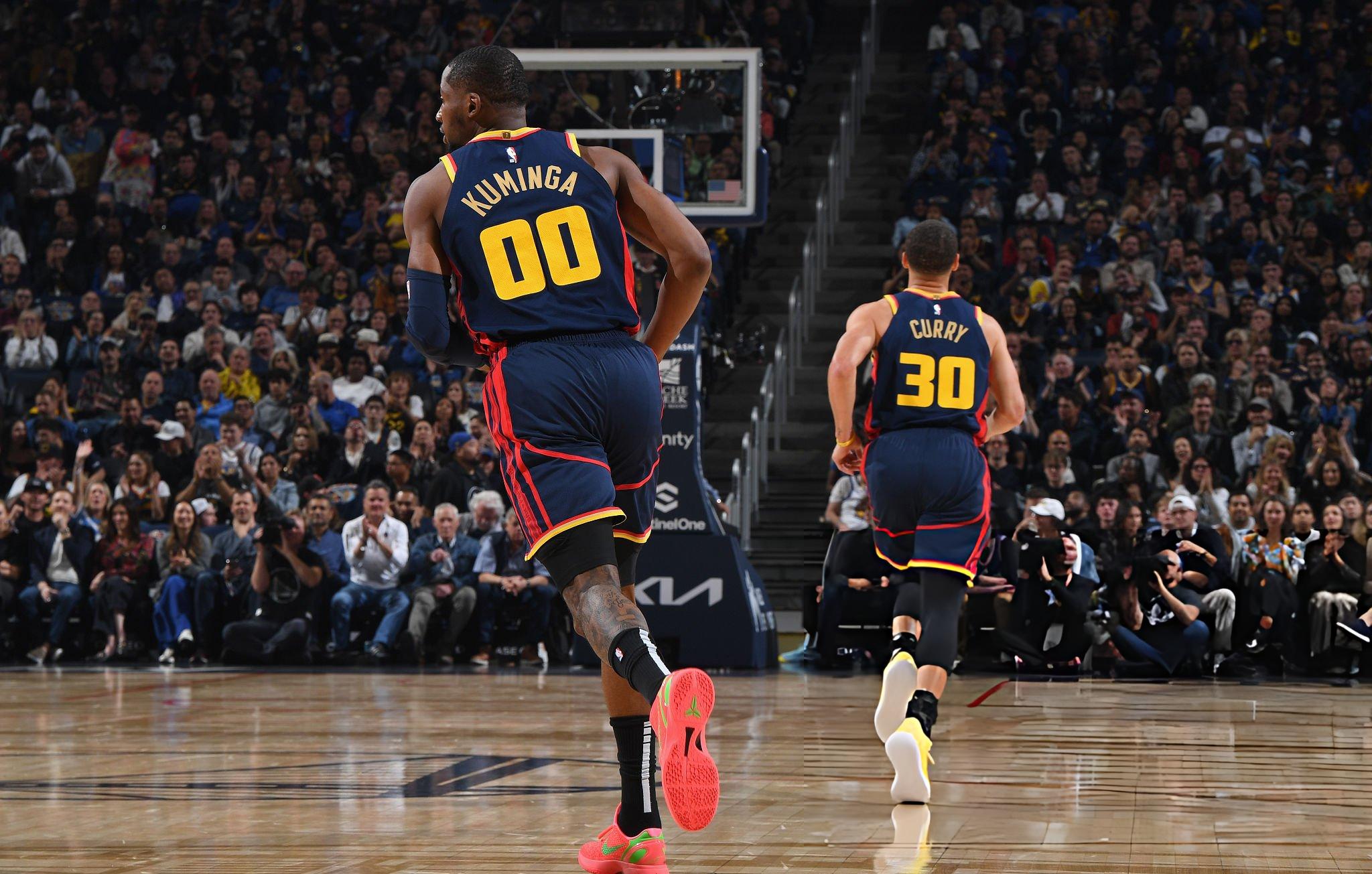
Jonathan's profile is clear: an explosive first step, straight-line drives, pressure at the rim, transition athleticism, and rebounding. Those are assets for any team. But if Green and a traditional big share the floor with him, opposing defenses confidently help off Kuminga and close every driving lane. His three-pointer is still inconsistent, and his off-ball value is limited. In that configuration, the strengths of both Curry and the forward are partly nullified — not because of player quality, but because the skill sets don't mesh.
Kerr Chooses Winning Over Experimentation
Steve Kerr has been blunt: the mandate is to assemble the puzzle to win. In a rotation with Curry, Butler, and Green, there just aren't 38 minutes for a forward who also needs to initiate with the ball. Kuminga is ambitious and wants more — which is normal for a talent of his scale. But the coach demands predictability and spacing around his stars. In this reality, Jonathan's role is capped, which shows up in last regular season's numbers: 15.3 points and 4.6 rebounds on 45.4% from the field and 30.5% from three — solid, but not a case to upend an elite contender's rotation.
A Short but Loud Playoff Stretch
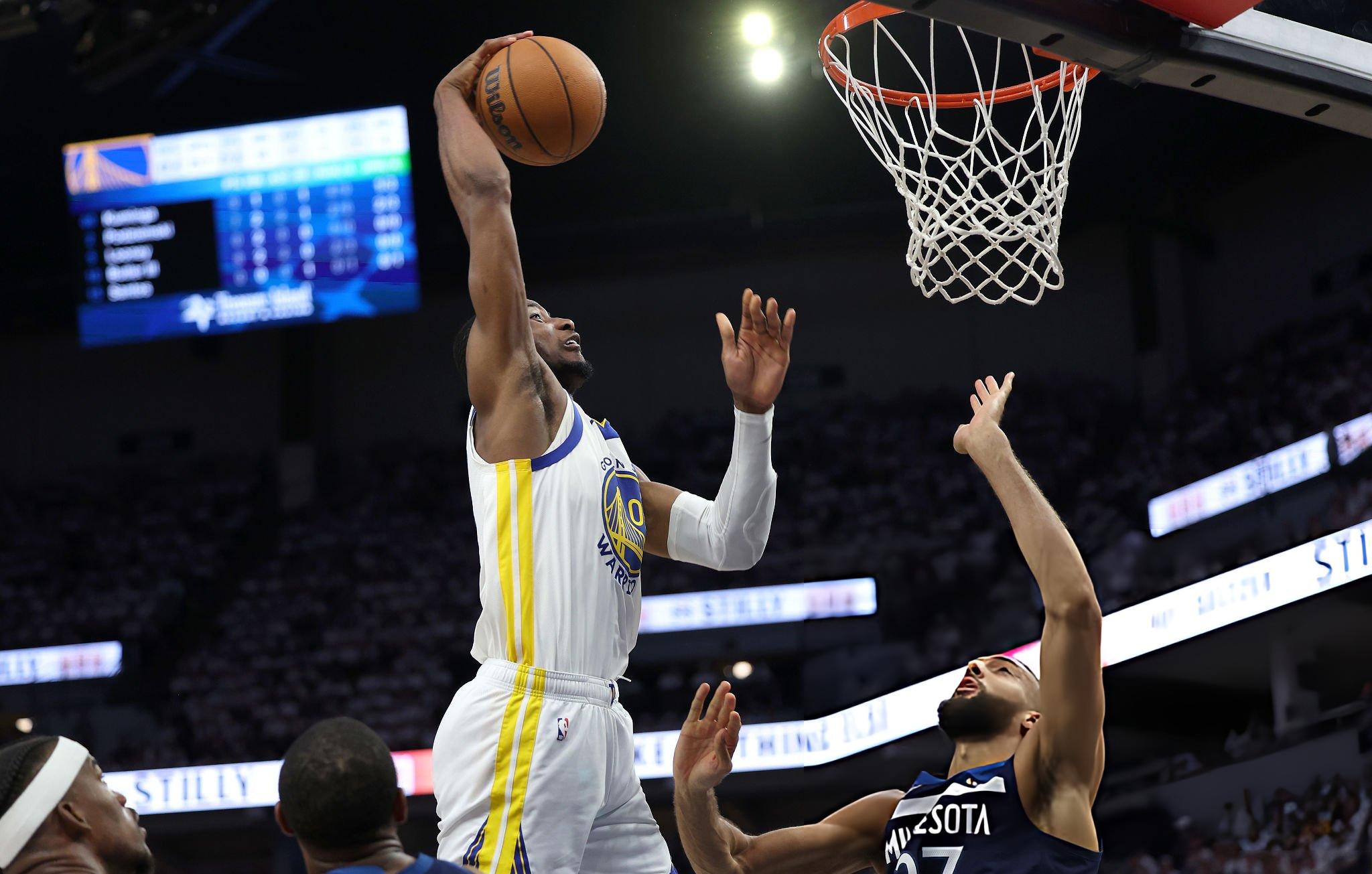
Here's the paradox: as his touch volume grows, so does his impact. The series against Minnesota — especially after Steph's injury — became a showcase of his potential. Thirty-six minutes in Game 3 yielded 30 points on 11/18 from the field and 3/4 from deep. He followed with 23 and 26 in Games 4 and 5. The series was lost 1–4, but individually the forward showed how quickly his efficiency scales when entrusted with possessions. That's what fuels his camp's confidence: "give us the start and the role — and the breakout follows."
The Contract Knot: Offers, the Qualifying Offer, and the Second Apron
Hence the hard line in negotiations. According to reports, the "Warriors" offered three structures:
- 3 years / $75.2 million — with a team option for Year 3;
- 2 years / $45 million — with a team option for Year 2;
- 3 years / $54 million — with no options.
Kuminga rejected them all, signaling he's willing to go year to year — up to taking the $7.9 million qualifying offer for 2025/26. For the player, that means veto power over trades now and a path to unrestricted free agency next summer. For the club, it means less maneuverability and a risk of walking into an unfavorable point of no return.
Moreover, the club's latest $75 million offer is effectively a de facto two-year deal because of the team option. "Golden State" already viewed it as the ceiling given the tax burden. Signing Jonathan to a big, long commitment would rocket them over the second apron, triggering a brutal luxury tax and harsh roster-building restrictions. That's why the franchise hesitates: you can't overpay someone who doesn't fit with your second- and third-best players. The dominoes follow: potential moves (including the Kings' interest in an S&T) stall, depth additions slow, and veterans are left in limbo.
The 2021 Draft Class Context: Comparisons Don't Favor Kuminga
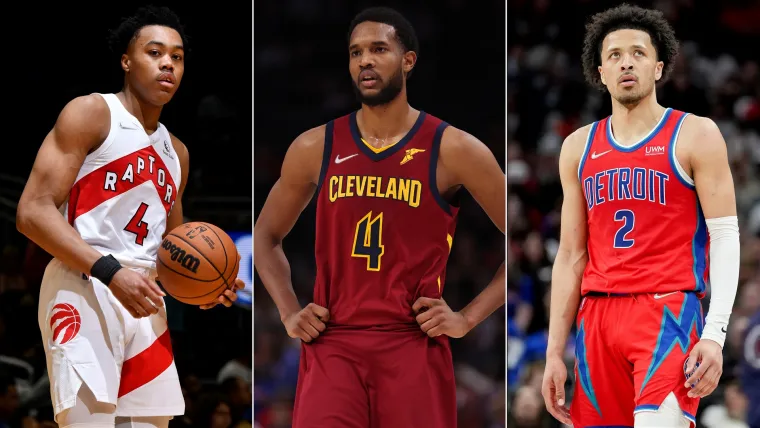
Comparisons with his classmates sting. Cade Cunningham, Evan Mobley, and Scottie Barnes have already landed five-year, $224 million max deals; Jalen Green signed for 3 years / $106 million; Franz Wagner is also on the max. What's the common thread? Each was declared a franchise cornerstone from Day 1 on a rebuilding team and started without regard for title timelines. Kuminga's trajectory is the reverse: he matured inside a machine that prioritizes the Curry window and veteran core. Turner maintains that in terms of talent Jonathan is on par with "his guys" — it's the context that skews perception and market.
What's Prudent for the "Warriors" Right Now
Paradoxically, a year on the qualifying offer could help the club financially: staying below the first apron would save tens of millions as a repeat taxpayer and preserve in-season flexibility. The real debate is the sporting component: how sustainable is it? If he's going to be a bench energizer anyway, it's rational for "Golden State" to squeeze the most out of his upside in the short term — and then either extend on the back of a true breakout or look for a constructive trade.
Ideal Role — and What the Player Wants
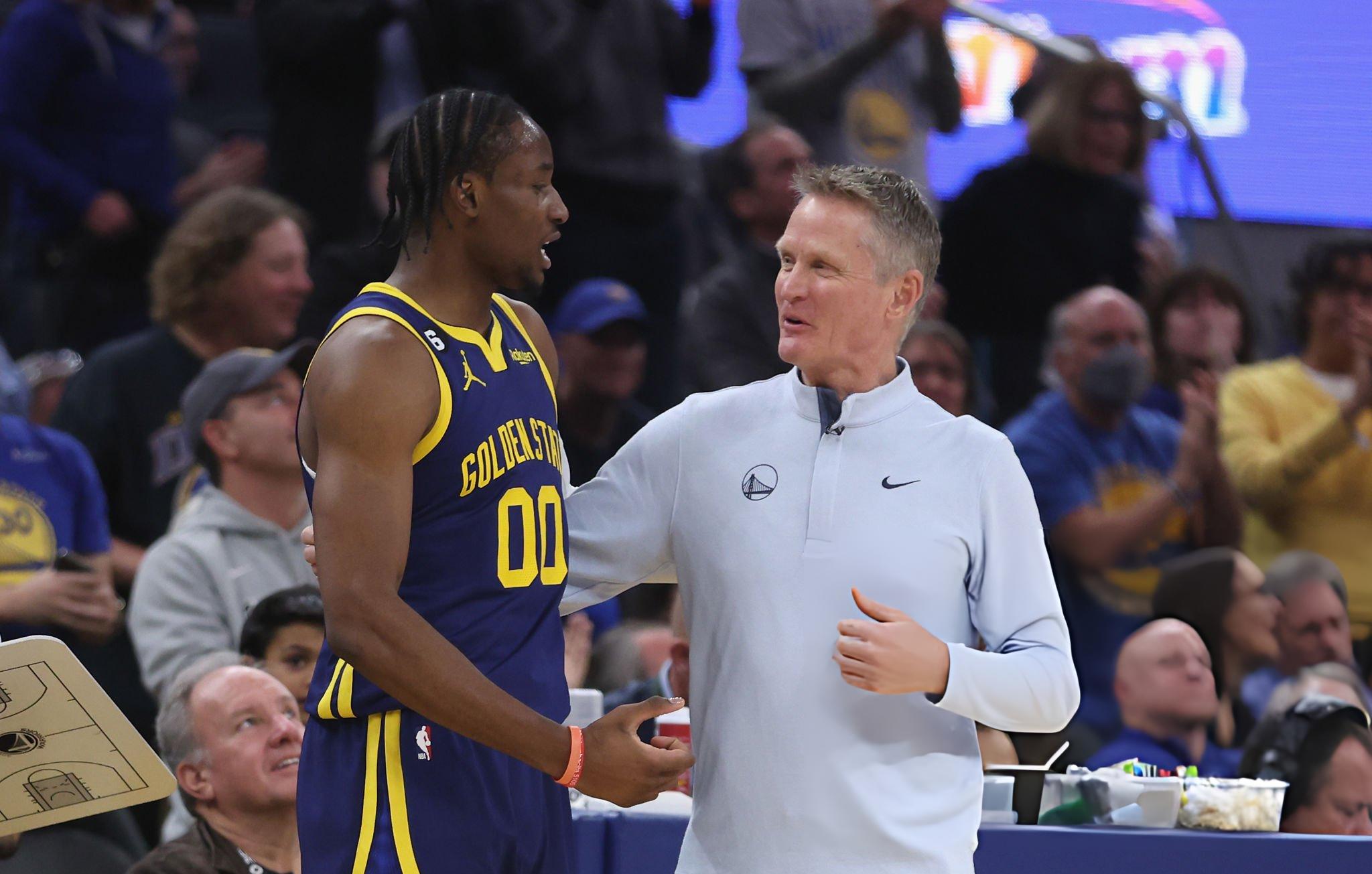
In the ideal version of today's "Golden State," Kuminga is a game-changer off the bench: rim pressure, run-outs, playing at the second unit's tempo, and minute windows without Butler/Green with a stretched perimeter. That's valuable for a veteran-heavy team. But Jonathan's own view of his ceiling is different: he sees himself as a primary — or at least secondary — option and wants a contract commensurate with that status. Hence the nine-figure ask — a bet on inner conviction and on finding a place that gives him the ball and the minutes.
The Endgame
The situation is both simple and complicated. Kuminga has clearly grown — and in short bursts has proved that his efficiency scales with usage. The "Warriors" just as clearly can't break a working construct where spacing and experience around Curry matter more than individual upside. Contract math squeezes both sides: a long, hefty commitment is too expensive for the club; a cheap one-year doesn't fit the player's status. From here it's a matter of principle. As his agent suggests, will Jonathan accept sacrifice for a title shot and a sixth-man role? Or will he bet on himself and wait for a place where he's a starter and a future star? The answer decides whether "Golden State" becomes a hostage to ambition — or a partner in realizing it.

